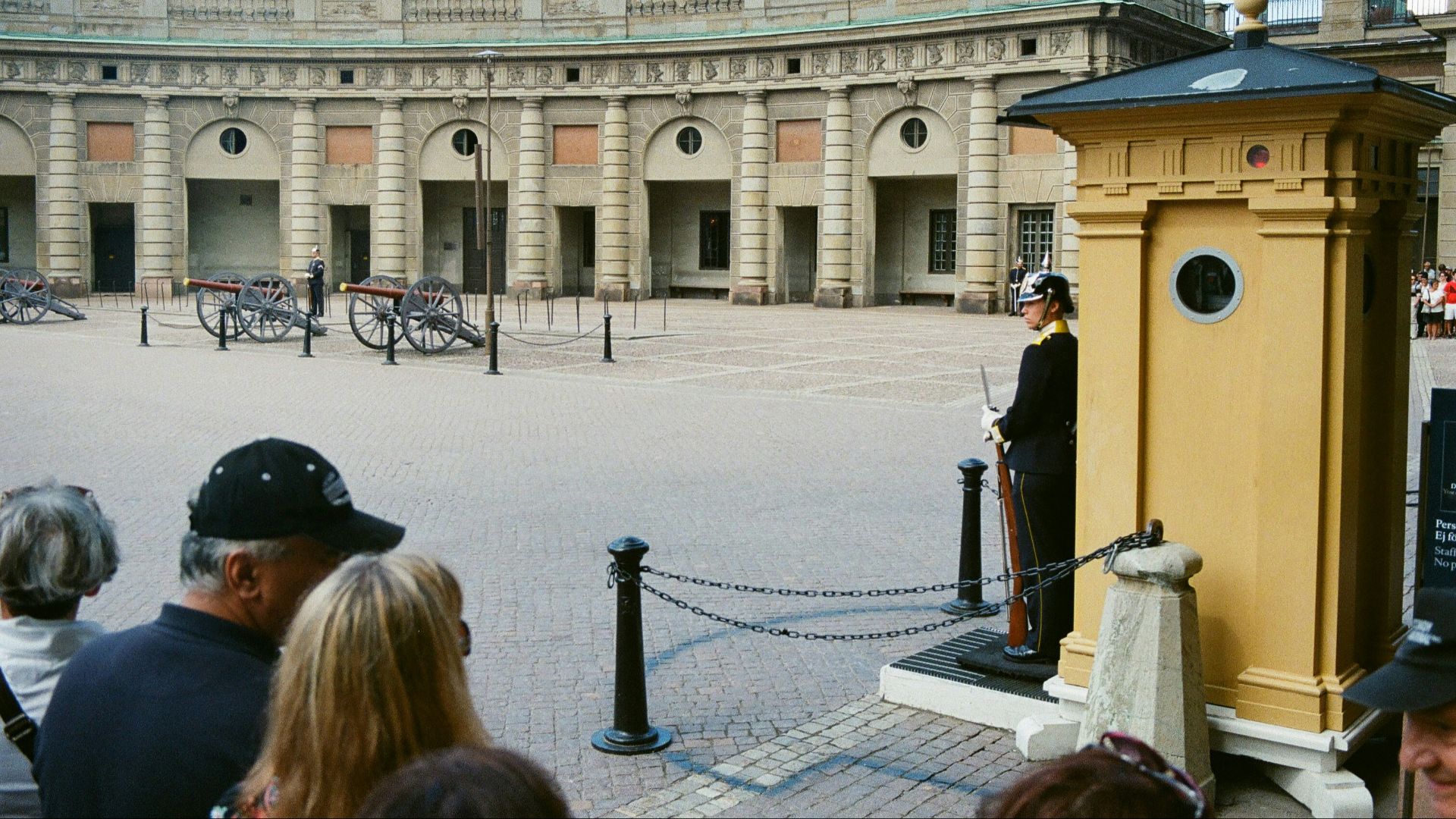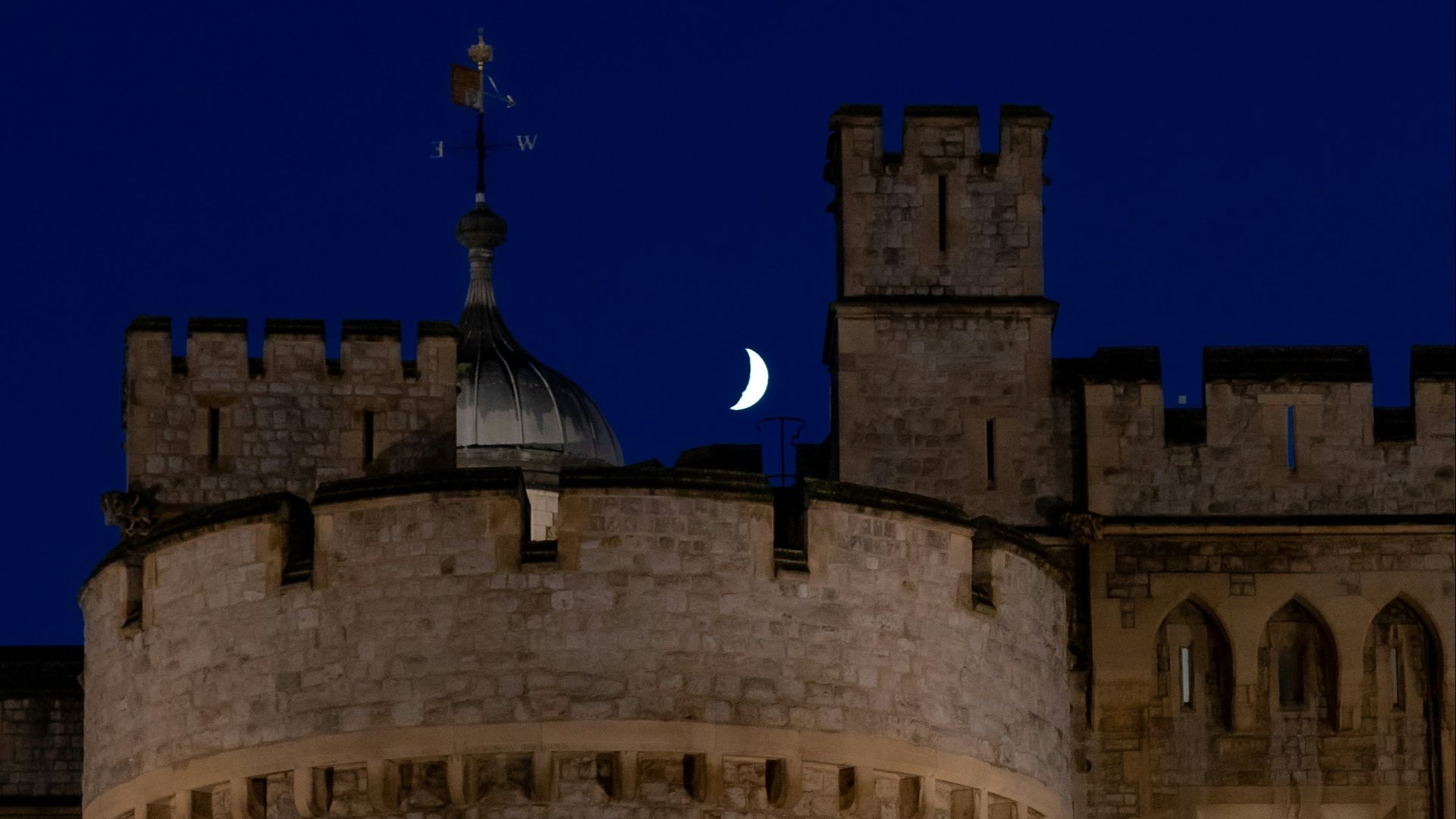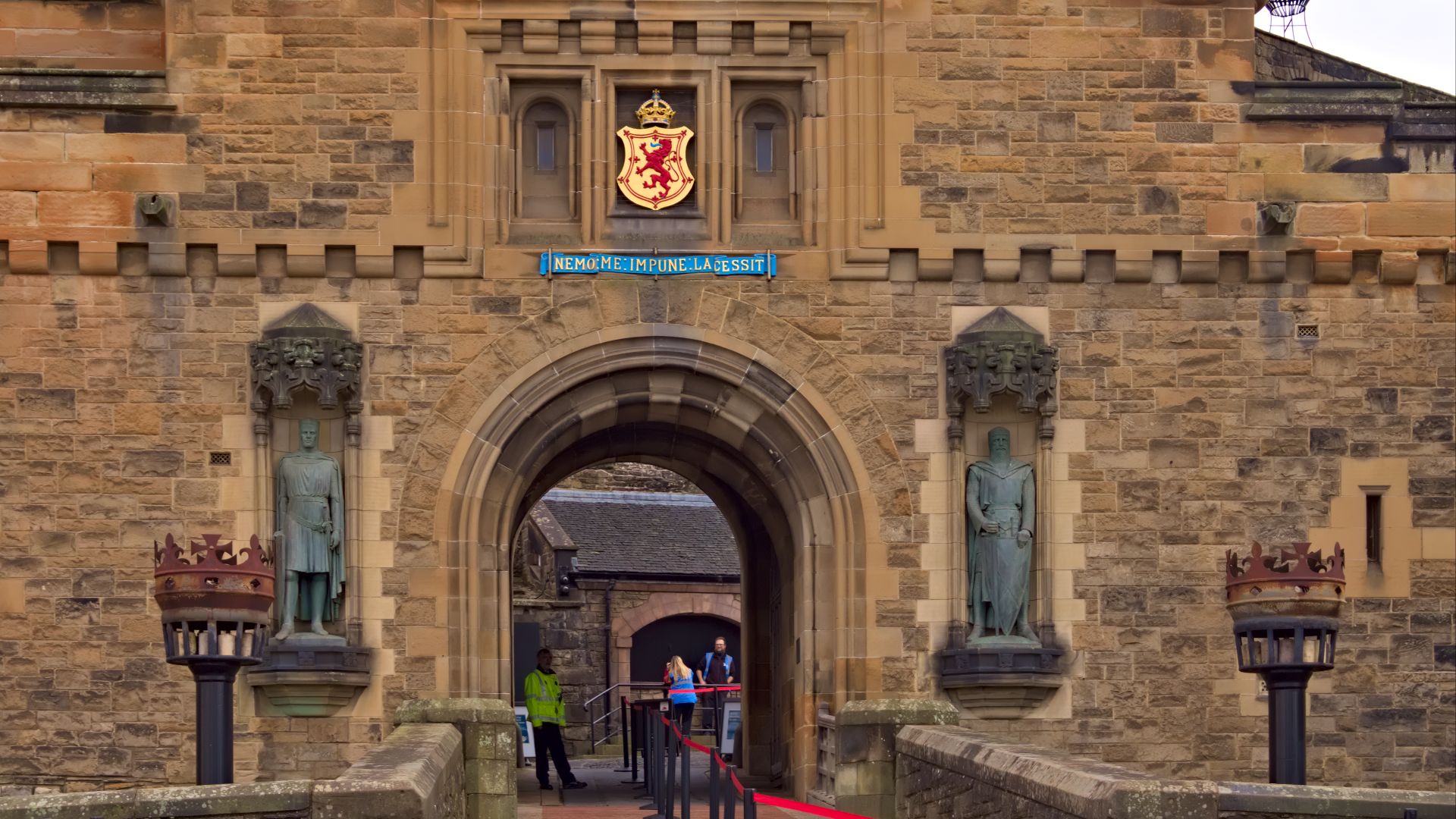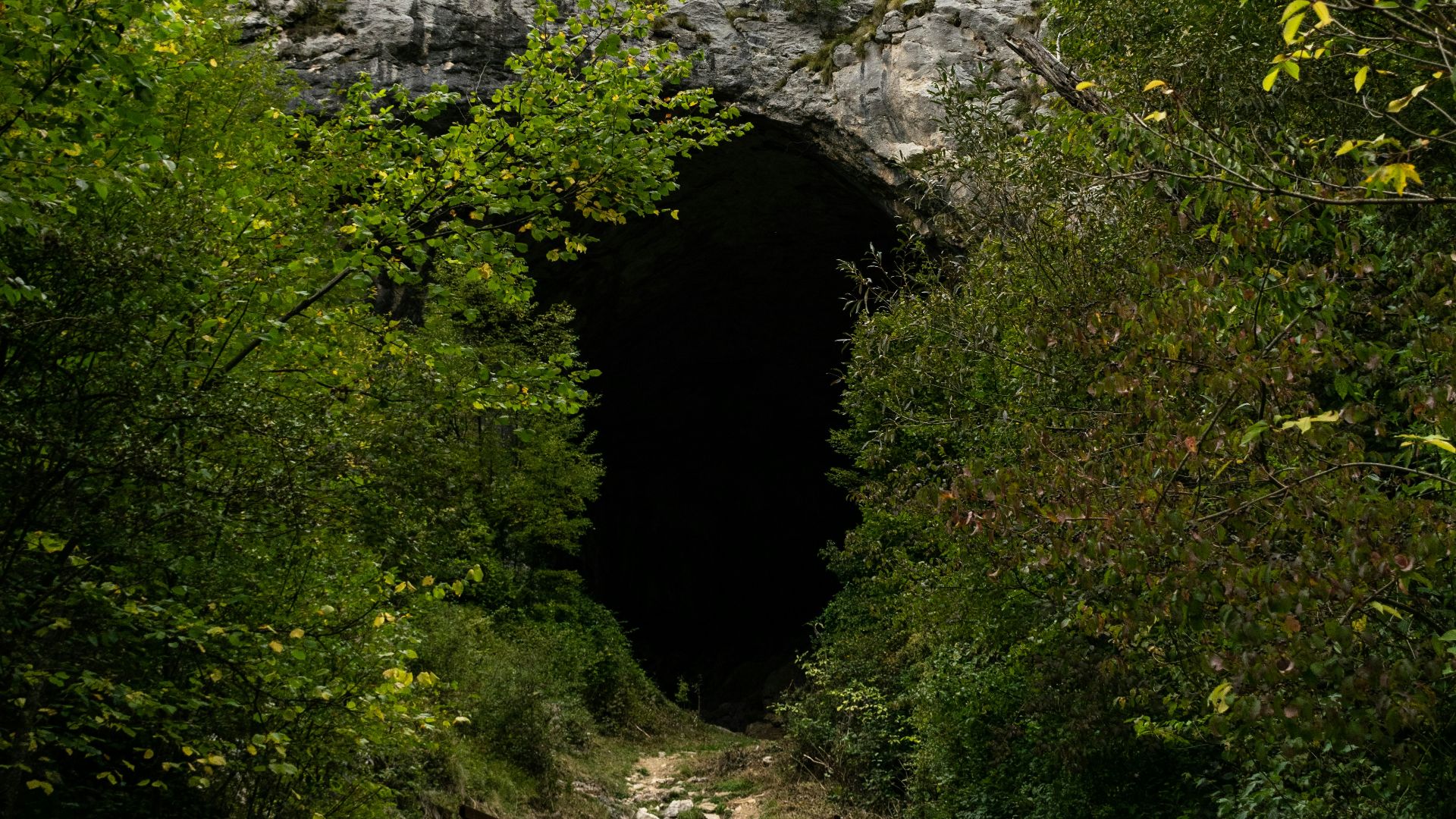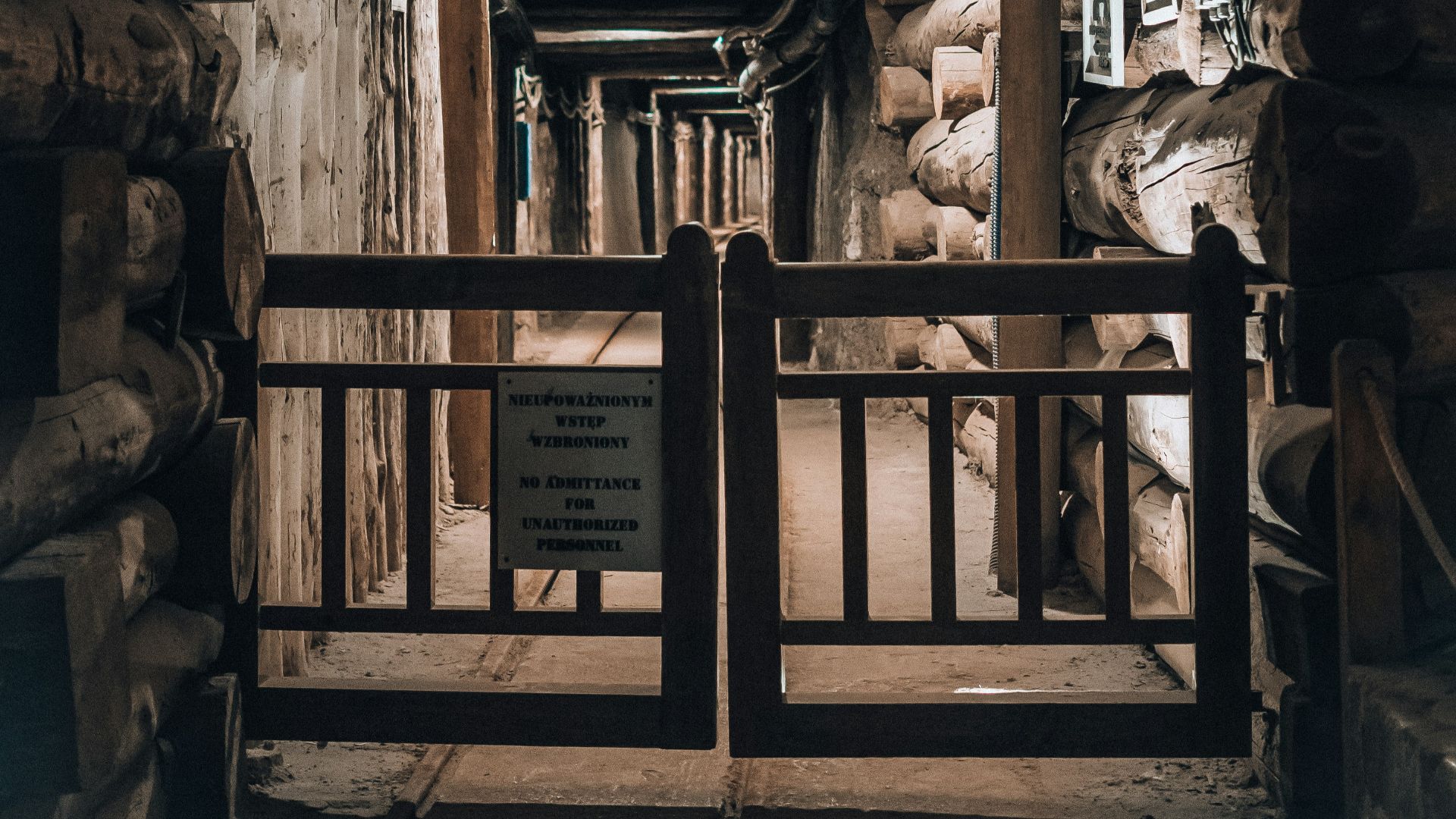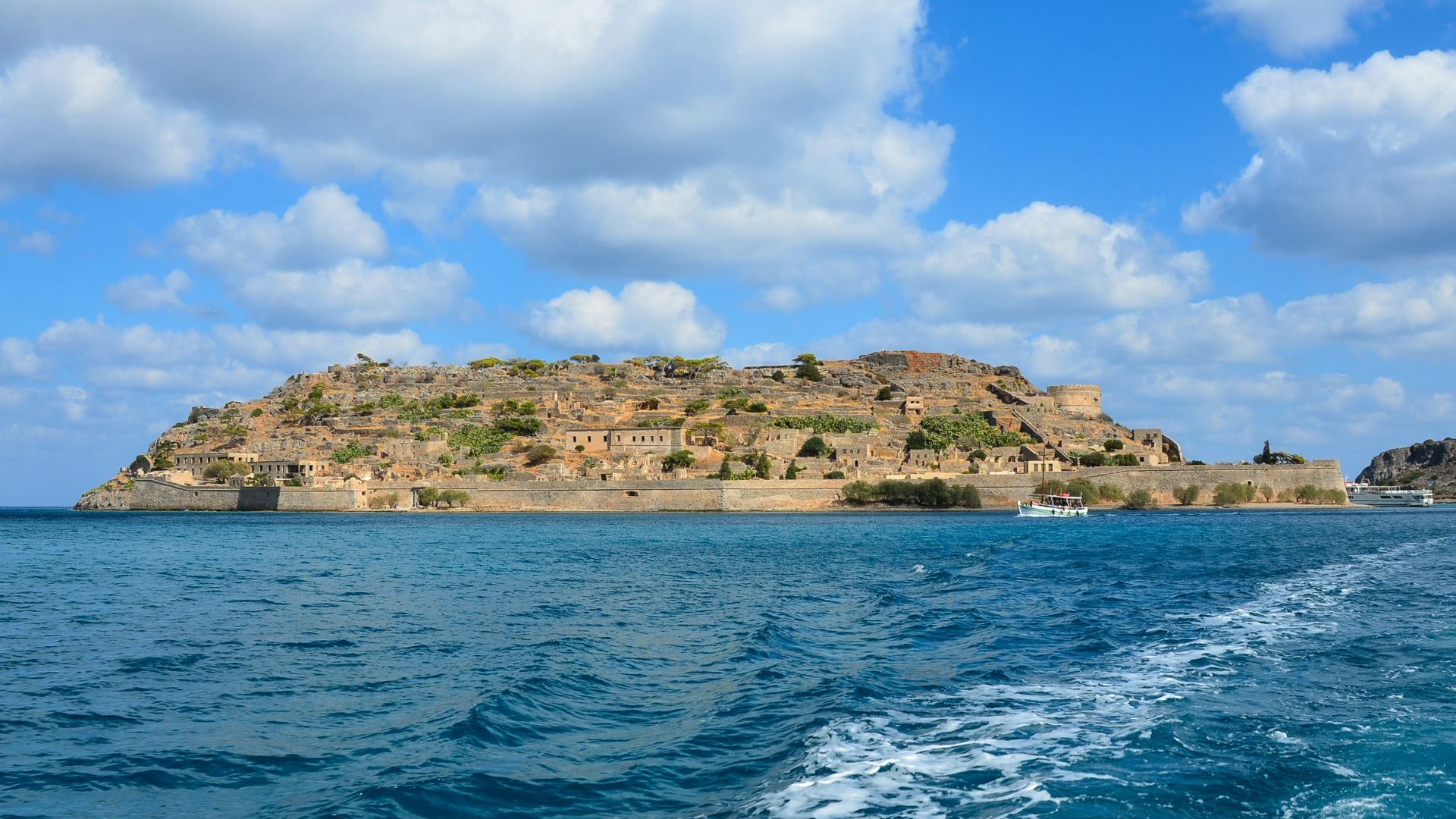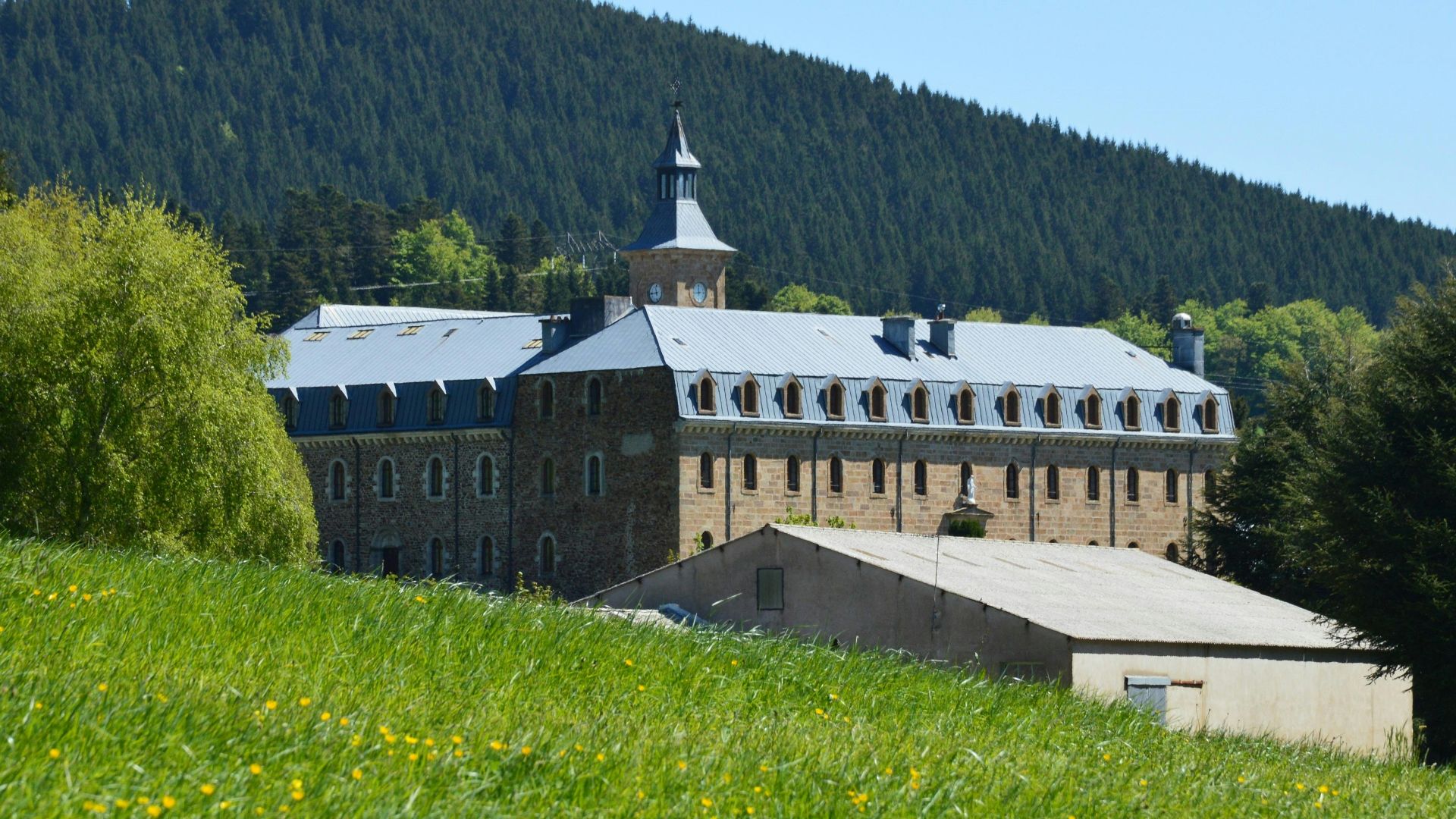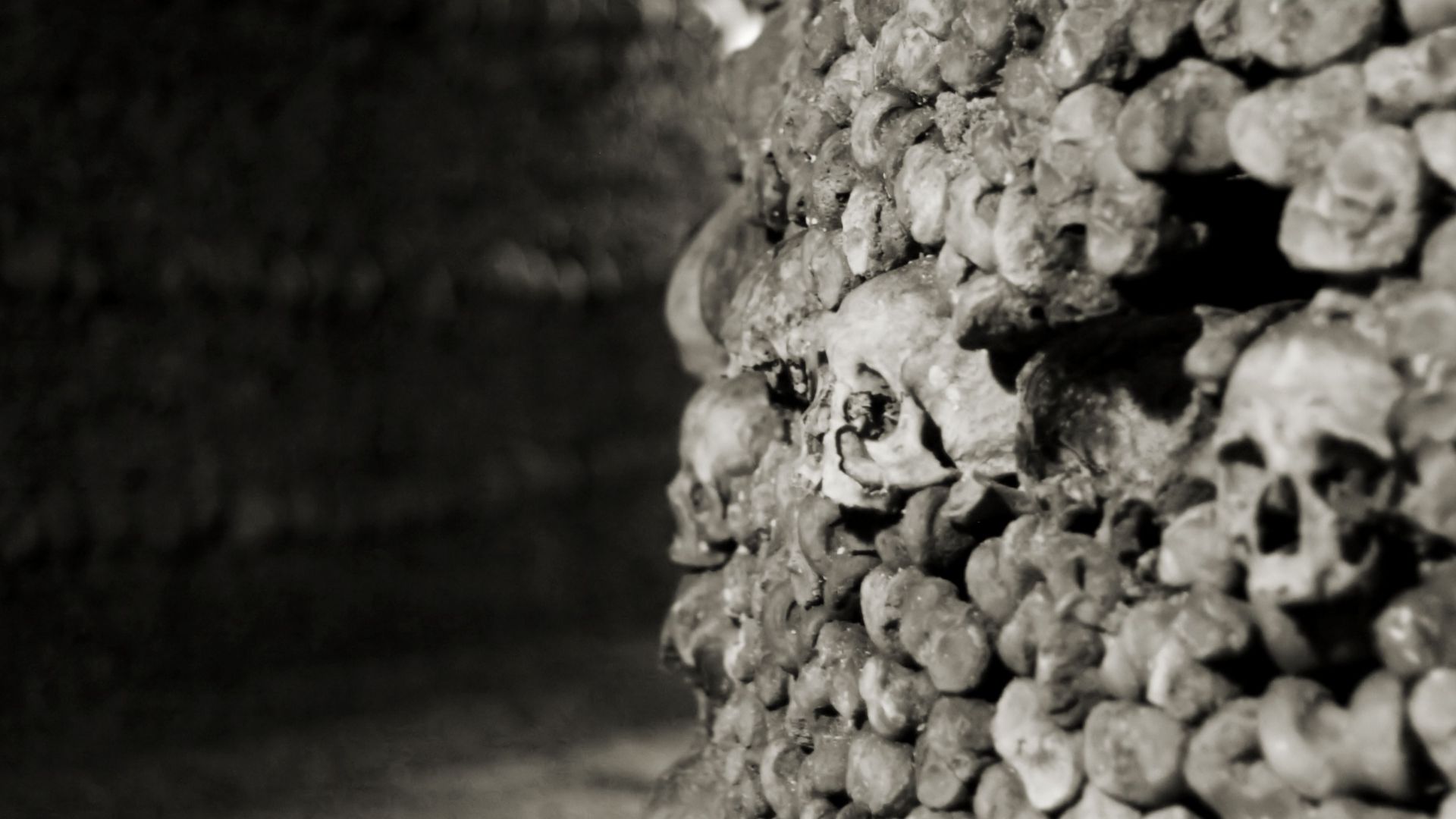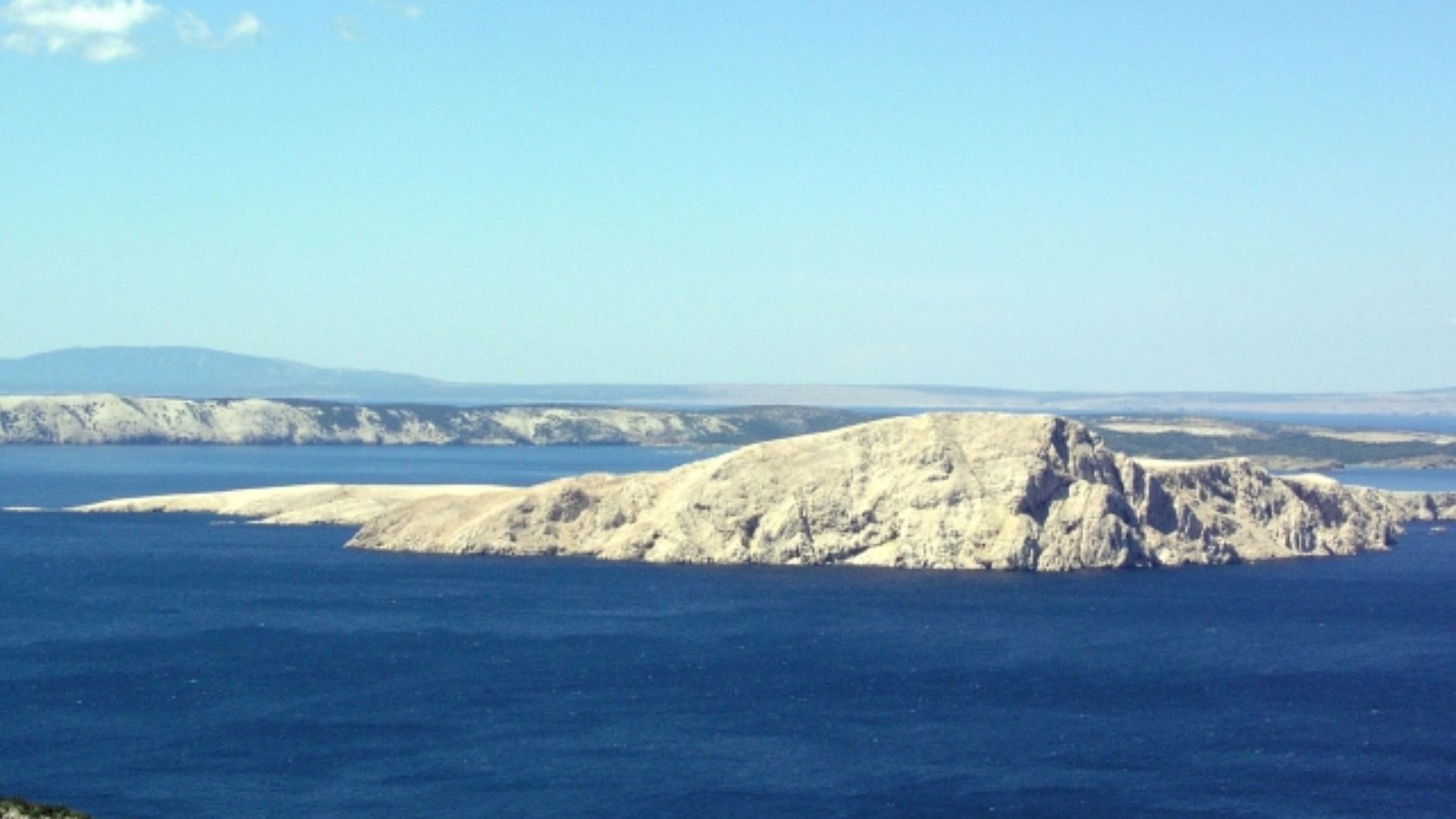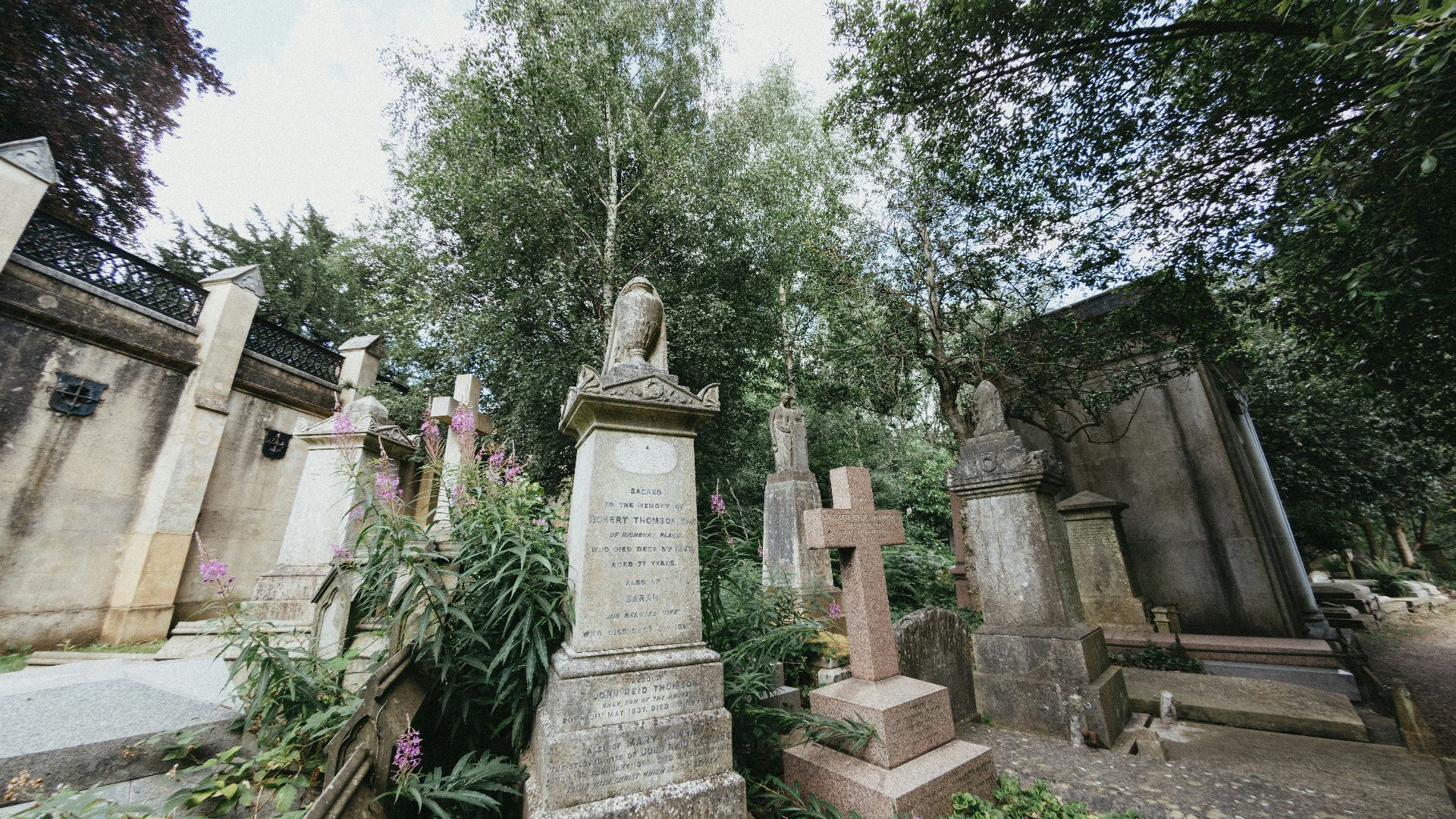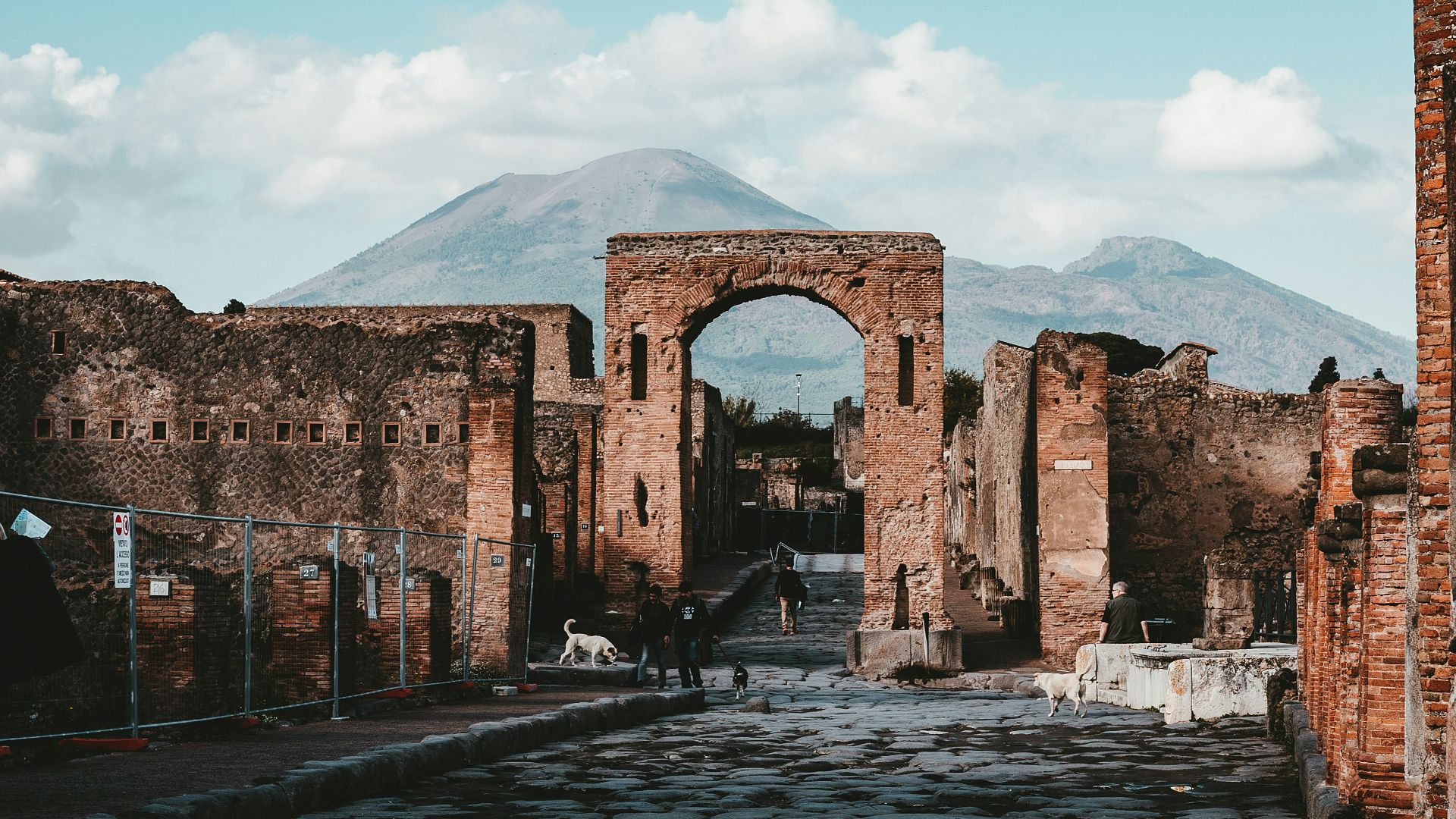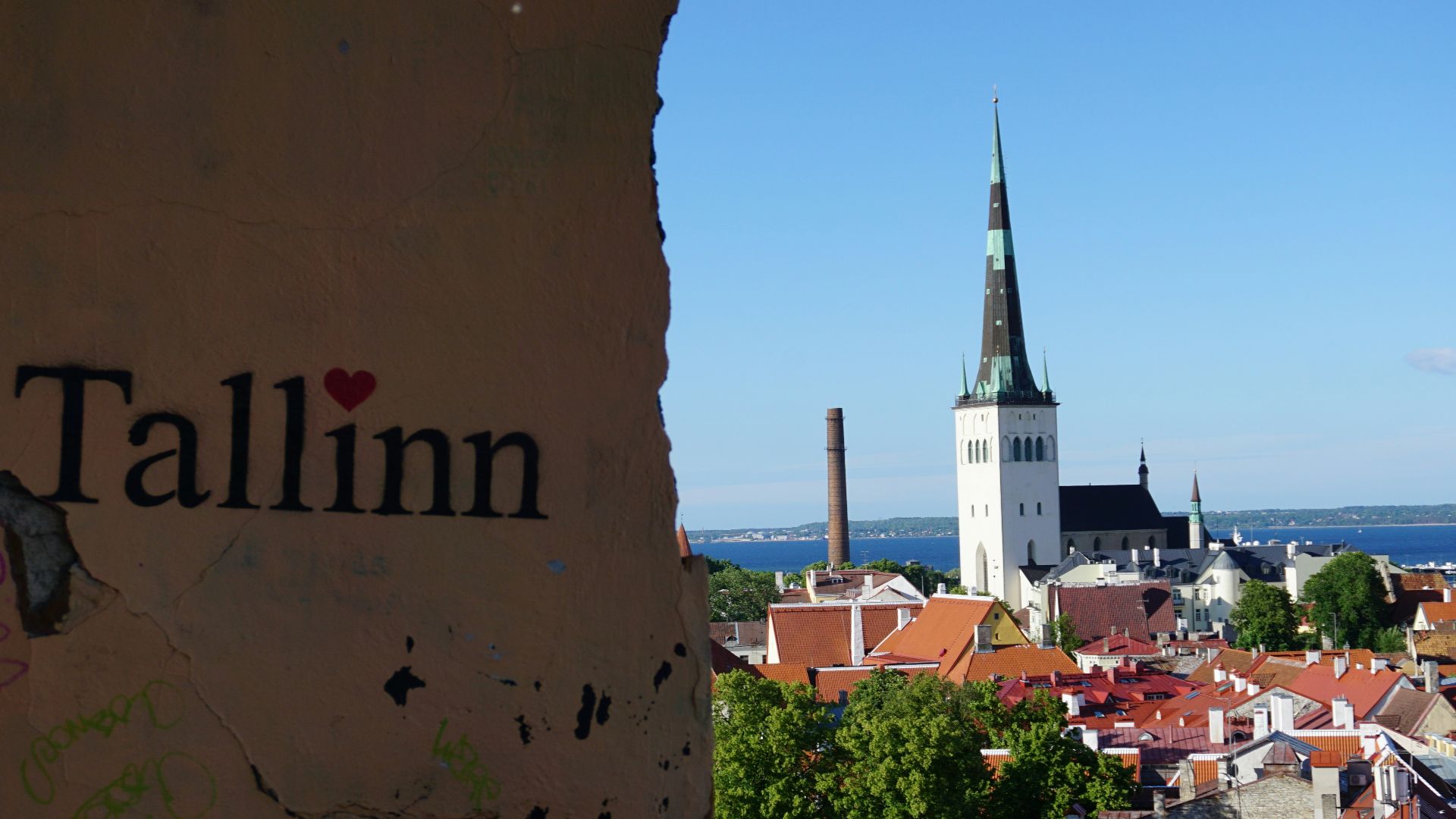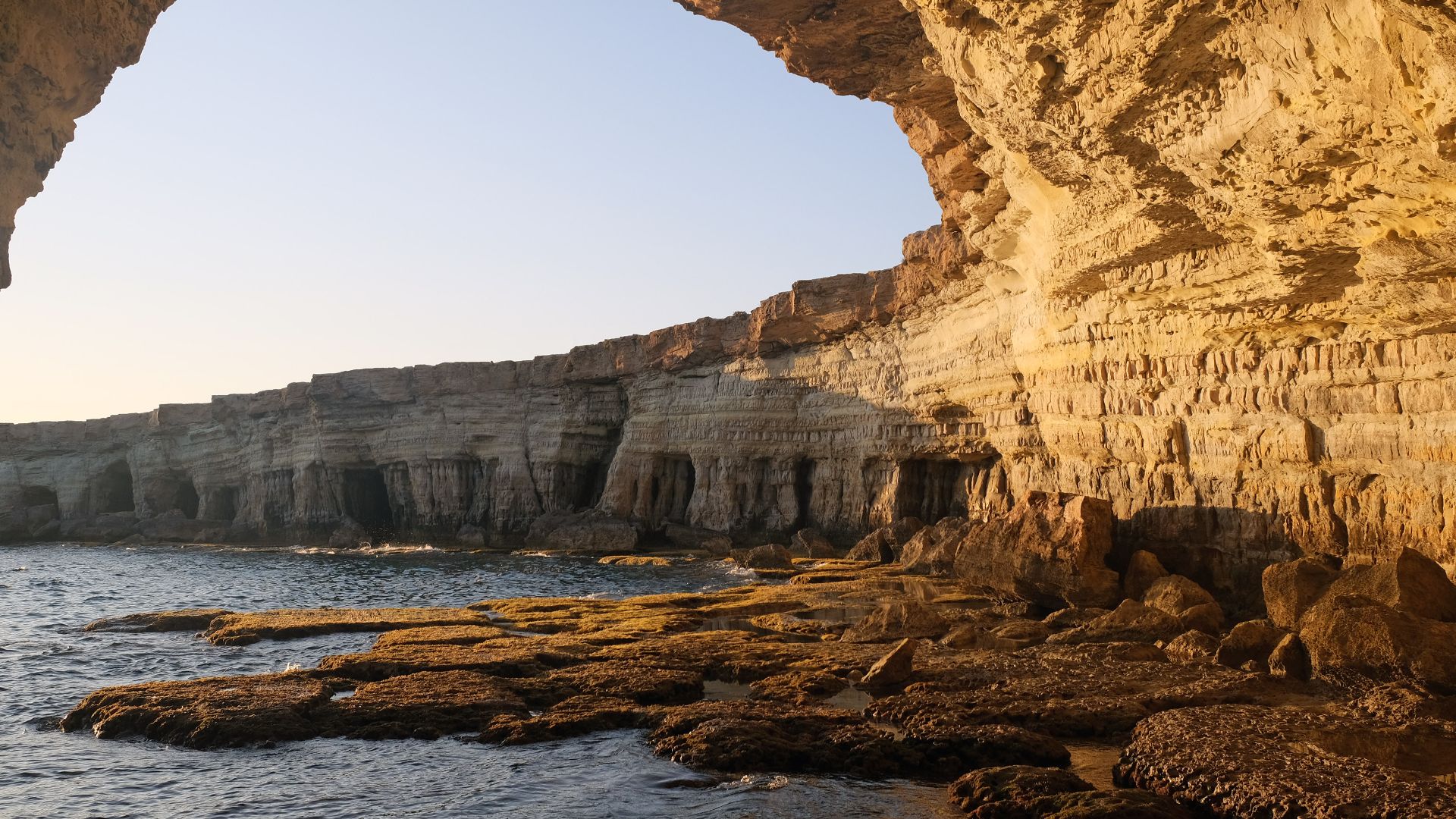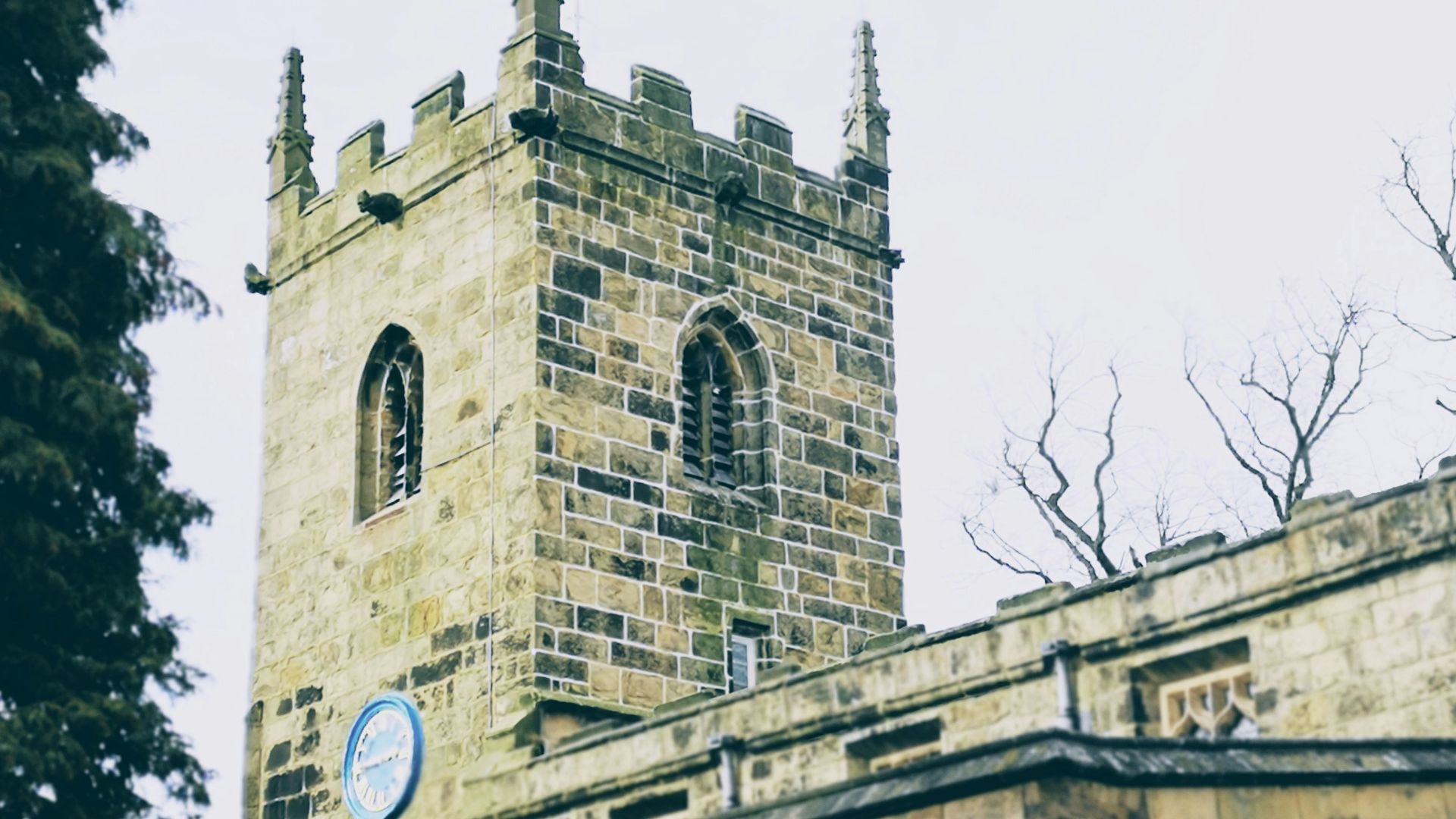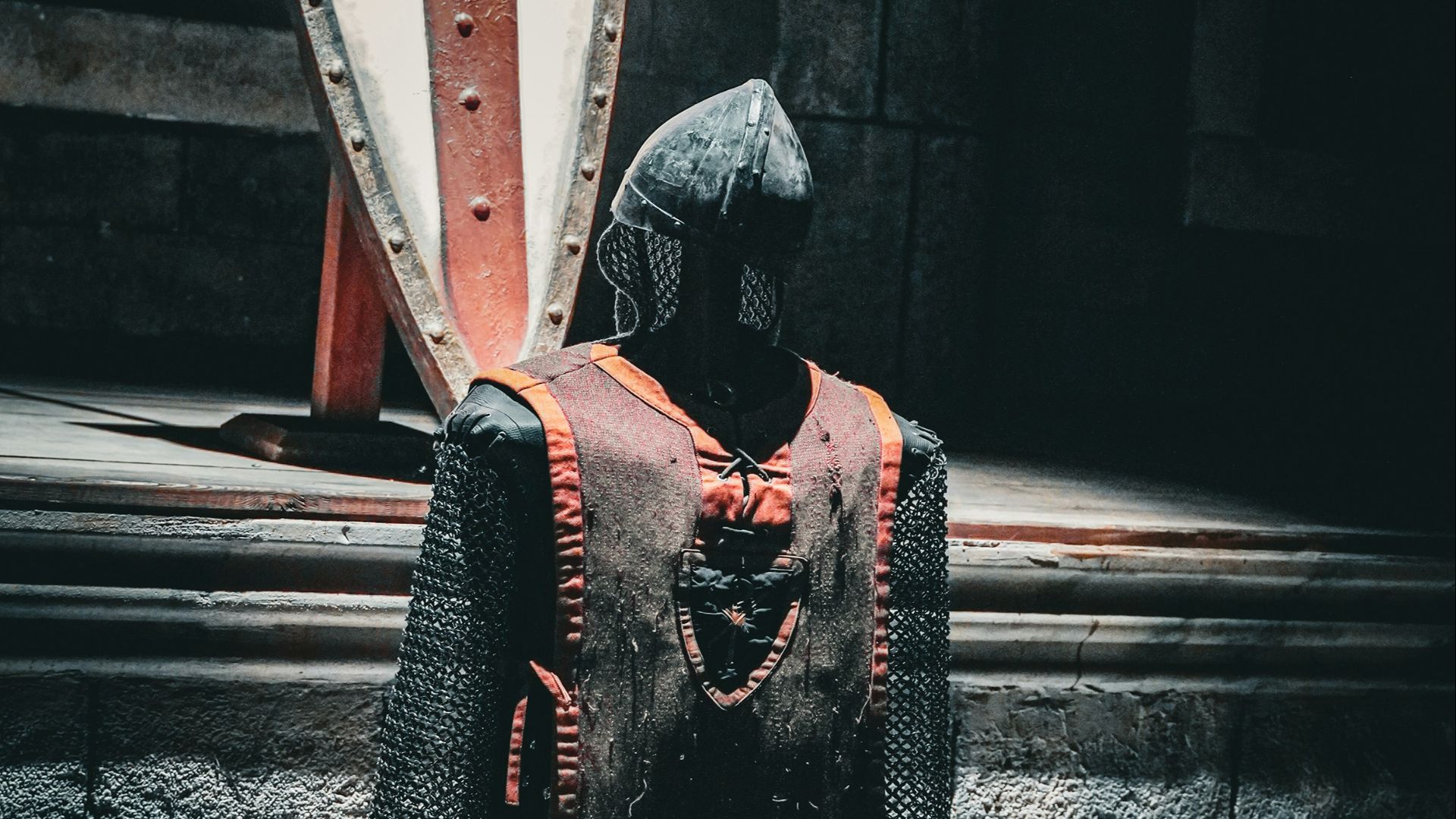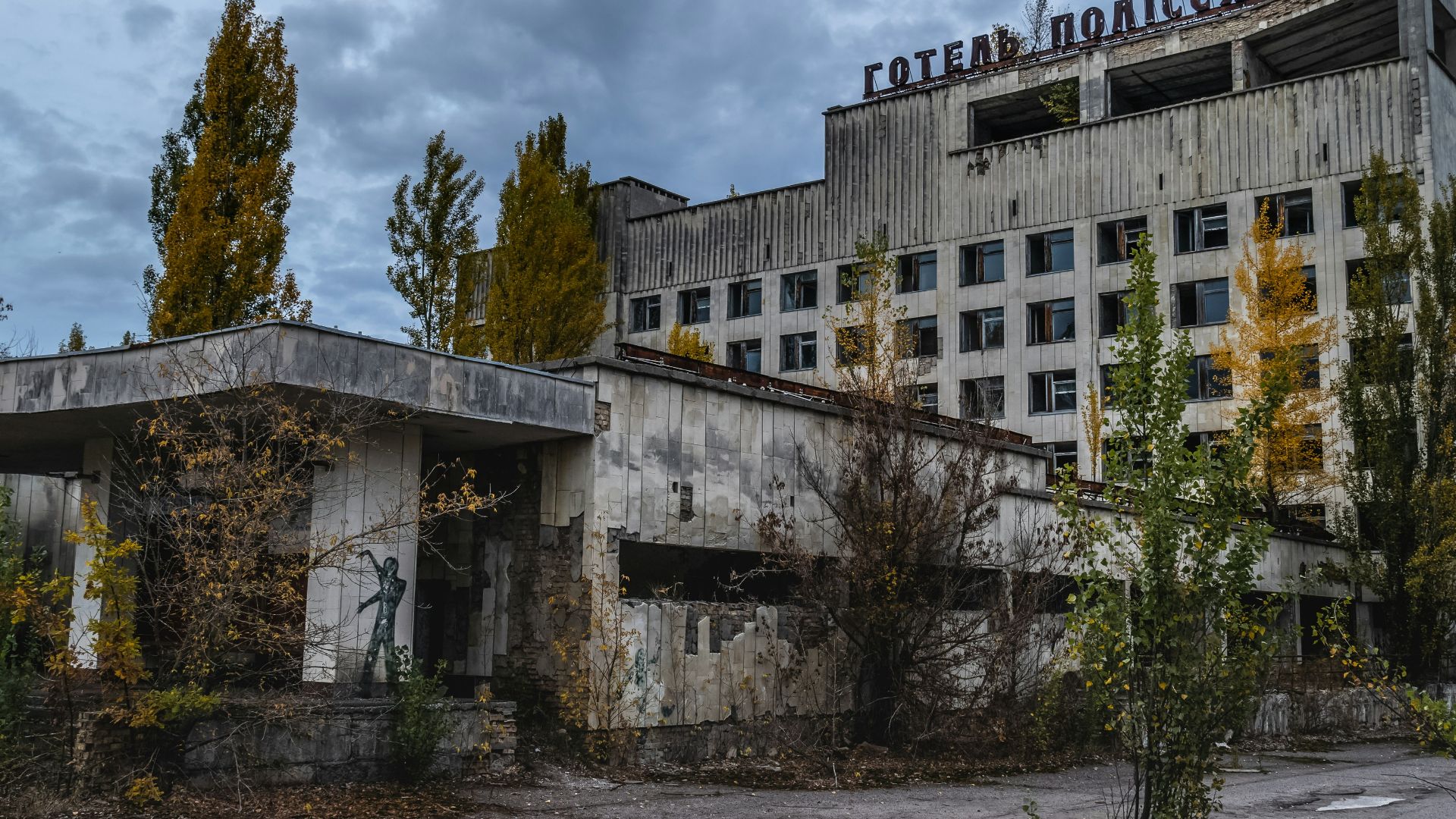Poveglia Island Was Once a Quarantine Zone
Europe is filled with wondrous, historical sites that inspire awe and reflection. However, many of these places have a dark history that has been lost to time and often overlooked, allowing tourists to enjoy them. When planning your next trip to Paris or Croatia, review this list of the 20 European sites with a dark history.
1. The Tower of London
This site was once a royal palace, but was later turned into a brutal, notorious prison. The Tower of London holds centuries of intrigue and ghostly legends. Anne Boleyn was imprisoned here, and some visitors have reported seeing her ghost near the spot where she was executed.
2. Edinburgh Castle
This fortress has served as a home to royals as well as a military stronghold and prison. It has dungeons and cemeteries, and many prisoners and soldiers met a grim fate on its grounds.
3. The Mines of Falun
Copper mines in Sweden were important for economic reasons for centuries, but they came at the cost of human life. Workers faced dangerous conditions deep underground. The mine's red-stained landscape has inspired artists to show it as a symbol of industrial exploitation.
4. The Bastille
The Bastille in Paris was destroyed after the French Revolution, but it remains a stark symbol of oppression. It was originally a fortress, but eventually it was turned into a state prison used to silence the monarchy's opponents.
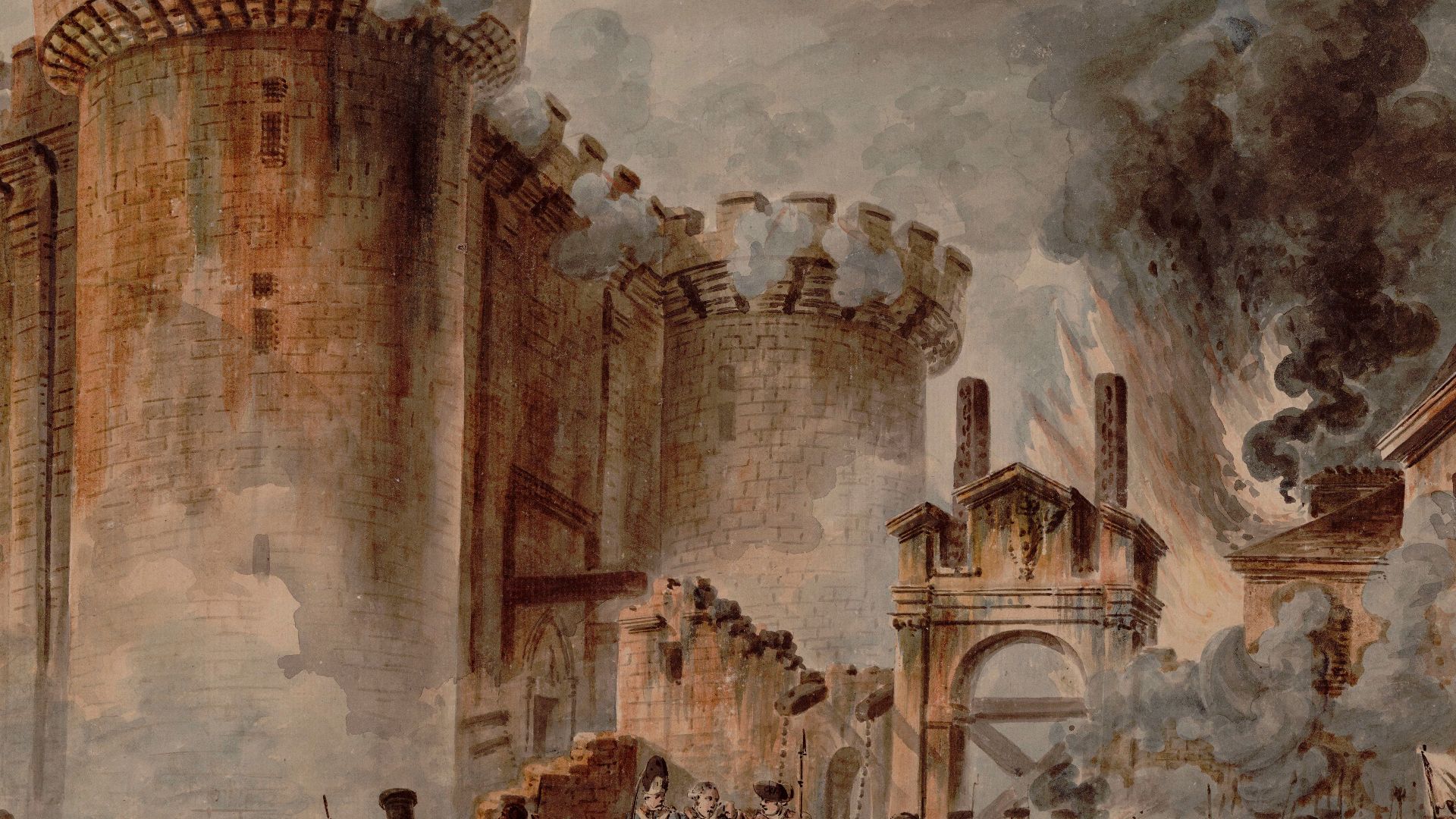 Jean-Pierre Houël on Wikimedia
Jean-Pierre Houël on Wikimedia
5. Kilmainham Gaol
This 18th-century prison in Dublin housed political prisoners during Ireland's bloody struggle for independence. It was an overcrowded and brutal reminder of British oppression. It's now a museum that showcases the stories of those who fought and suffered for freedom.
6. Sedlec Ossuary
During the Middle Ages, this chapel in the Czech Republic was overwhelmed with human remains due to war and plague. Monks created pieces of art with the bones of tens of thousands of people as a reminder of life's fragility and spiritual equality.
7. The Dog's Palace and the Bridge of Sighs
The Dog's Palace in Venice was once home to Venetian power and dark dungeons. Prisoners' last view of freedom came as they crossed the Bridge of Sighs to go from the courtroom to the cells. This site represents the Republic's blend of justice and control.
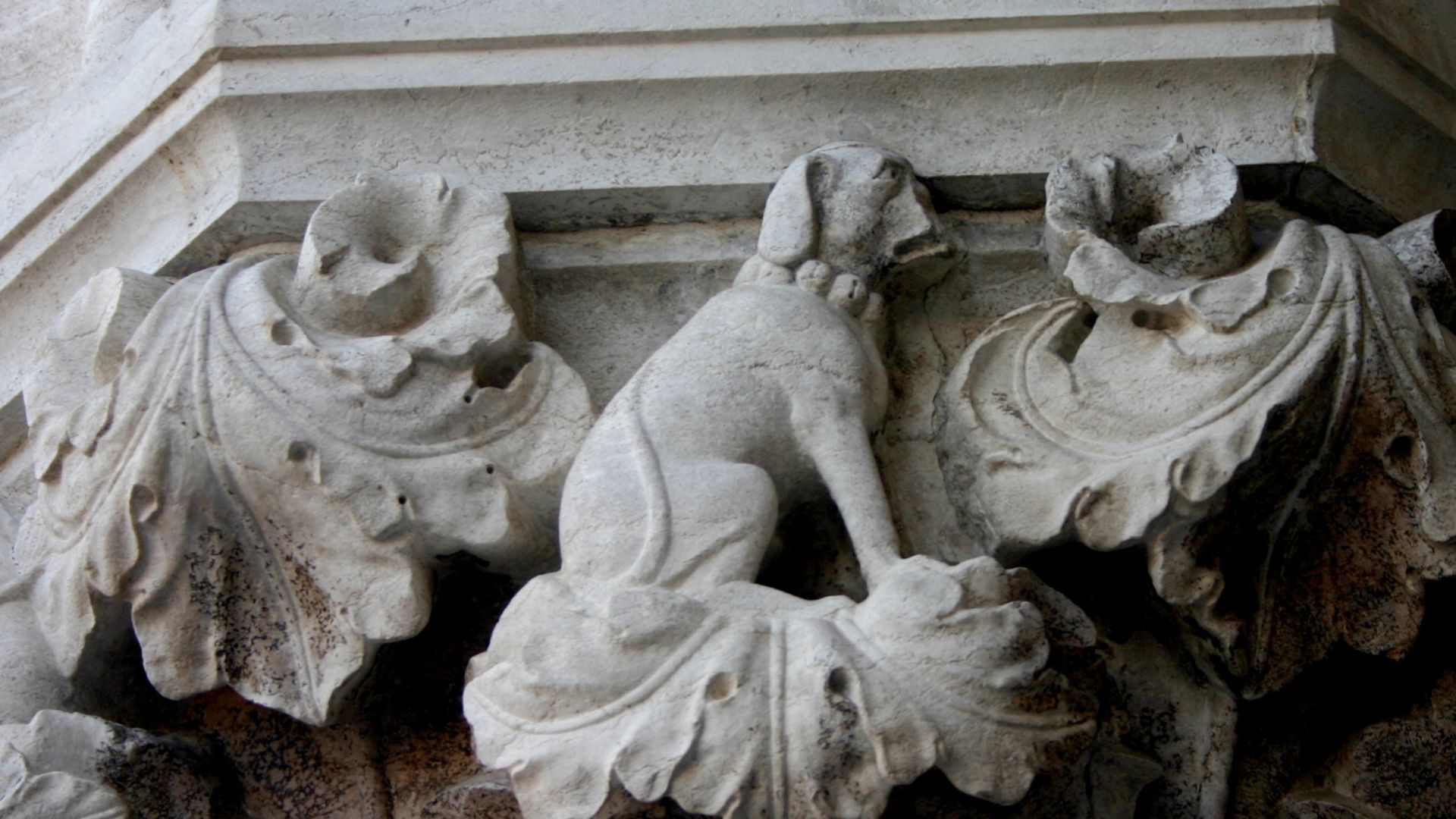 Giovanni Dall'Orto on Wikimedia
Giovanni Dall'Orto on Wikimedia
8. Wieliczka Salt Mine
This mine in Poland has provided valuable salt for centuries. Yet, behind its beauty is a history of hardship. Generations of miners worked in these mines under perilous conditions. The chambers and tunnels tell stories of back-breaking labor and death.
9. The Island of Spinalonga
Once a Venetian fortress in Greece, Spinalonga became one of Europe's last leper colonies in the early 20th century. Exiled patients developed a society within its walls and endured decades of isolation. The colony was closed in 1957 but still stands as a site of grave exclusion.
10. St. Peter's Prison
Hidden beneath Salzburg's historic quarter, this medieval prison was once used to detain heretics and debtors under extremely harsh conditions. It was cramped, dark, and inhumane, and it remains an example of urban justice systems.
11. The Catacombs of Paris
Created in the late 18th century as an answer to Paris's overflowing cemeteries, the catacombs hold the remains of over six million people. They were a macabre but necessary solution, and illustrate the connection between mortality and urban planning.
12. Goli Otok
This barren Adriatic island in Croatia was a political prison used during Yugoslavia's communist period. Inmates were held without trial based on accusations of political dissent. It's now abandoned, but still seen as a symbol of repression under fascist rule.
13. Highgate Cemetery
Opened in 1839 in London to relieve overcrowded graveyards, Highgate reflects the Victorian belief towards death, class, and remembrance. It was neglected over time and turned into a symbol of urban decay, before it was restored as a historic cemetery.
14. Pompeii
Pompeii might have the darkest history of any place in Europe. It was buried by the eruption of Mount Vesuvius in 79 AD and was basically frozen in time. Roman life was preserved under a blanket of ash. To see it is to witness a tragic and profound part of European history.
15. The Old Town of Tallinn
Under this site in Estonia is a history of plague outbreaks, witch trials, and harsh winters. The preserved underground passages reveal the hardship of everyday life in a walled city.
16. The Silk Factory of Kato Drys
In the 19th century, silk production in Cyprus was a life-saver for rural families. Sadly, it involved child labor and harsh working conditions. The restored factory presents the human cost of industrial progress.
17. The Blaenavon Ironworks
This UNESCO site shows the dangerous labor, pollution, and child labor that were needed to move the Industrial Revolution forward. It powered Britain's rise but at the cost of human safety, health, and lives.
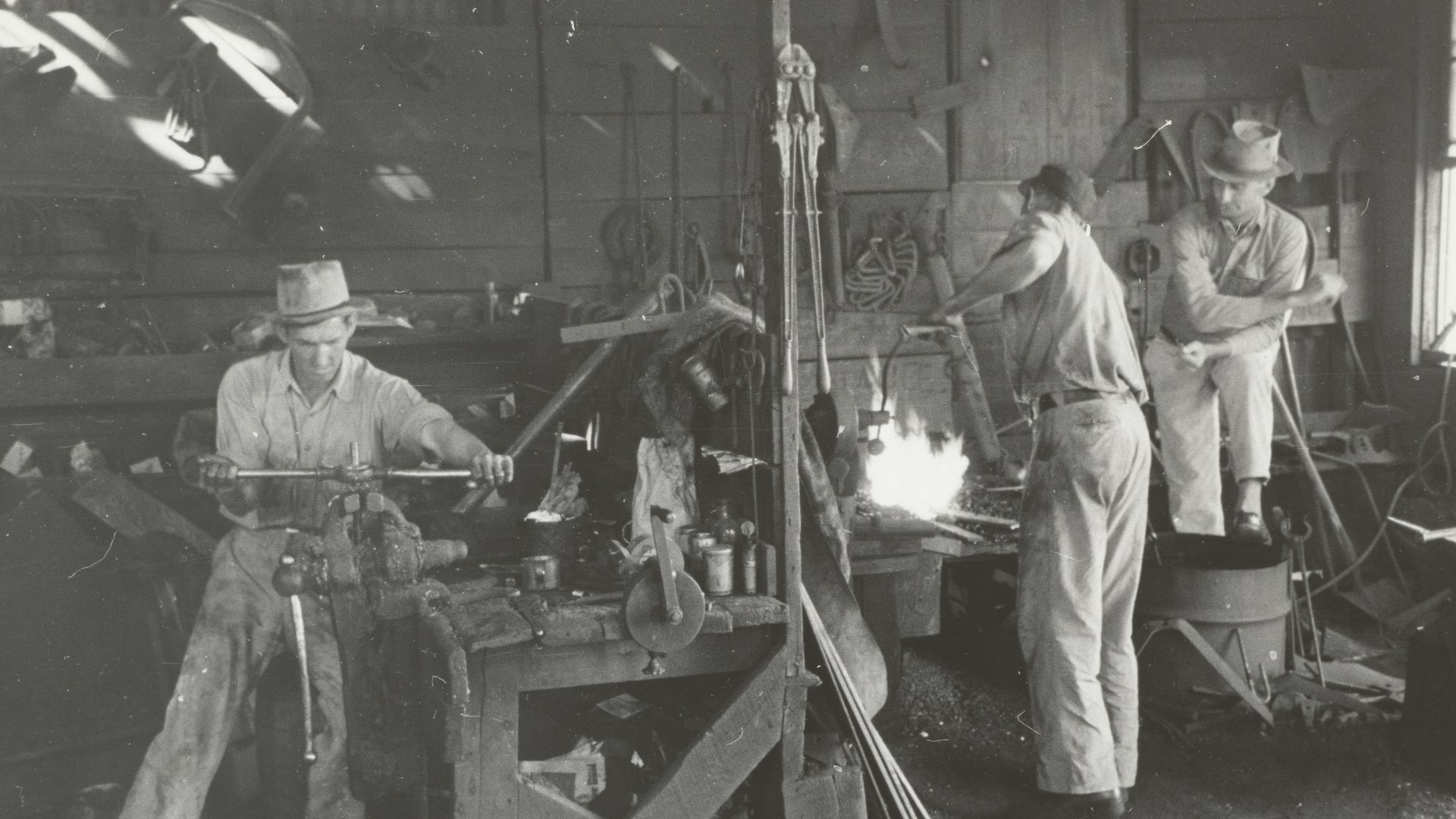 The New York Public Library on Unsplash
The New York Public Library on Unsplash
18. Plague Village of Eyam
When the plague arrived in 1665, Eyam's residents quarantined themselves to prevent its spread. This heroic act cost many lives but successfully saved several neighboring villages. While this English site's history is dark, it is also a story of self-sacrifice.
19. The Inquisition Palace
This site was the headquarters of Spain's Inquisition tribunal and oversaw centuries of religious censorship. Its archives illustrate how power and faith have proven to be a dangerous combination throughout Europe's history.
20. The Chernobyl Museum
This museum documents one of the most significant disasters in human history, and it is a sobering experience. It tells the story of human error, environmental damage, death, and political cover-up.
KEEP ON READING

20 Important Names From World War II You Should Know
Key Players From World War II (For Good or Bad).…
By Cathy Liu Nov 7, 2024
20 Strangest Cultural Rituals in History
A Journey Through Humanity’s Oddest Traditions. Human history is full…
By Cameron Dick Oct 27, 2025
The Musical Prodigy: 10 Fascinating Facts About Mozart & 10…
Secrets Behind the Symphony. Wolfgang Amadeus Mozart remains one of…
By Chase Wexler May 5, 2025
The Mysterious "Sea People" Who Collapsed Civilization
3,200 years ago, Bronze Age civilization in the Mediterranean suddenly…
By Robbie Woods Mar 18, 2025
20 Inventors Who Despised Their Creations
Made It… Then Hated It. Inventors often dream big, but…
By Chase Wexler Aug 8, 2025
20 Incredible Items In The British Museum People Say Were…
Mystery In History. The mighty halls of the British Museum…
By Chase Wexler Sep 8, 2025

